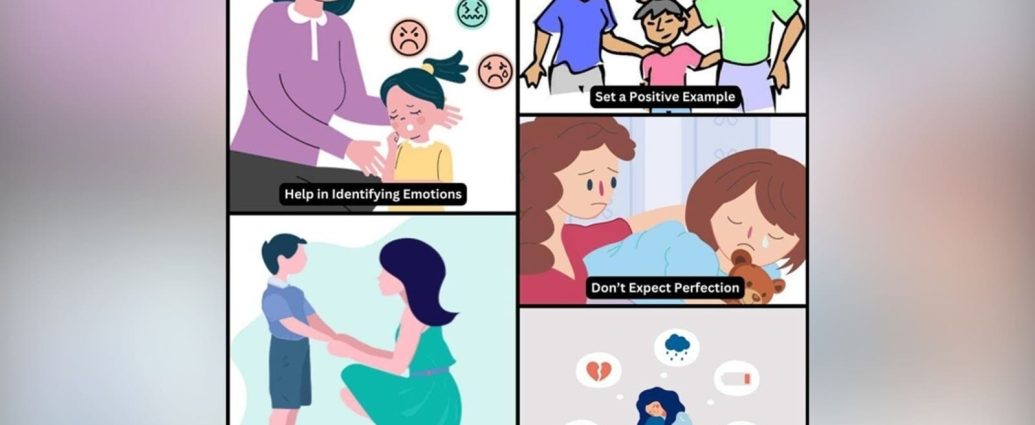According to the American Psychology Association, ’emotion regulation’ is an individual’s ability to modulate an emotion or a set of emotions. Babies and young children often display unregulated behavior or ‘melt-downs’ because they have not yet learnt to identify and name difficult emotions, let alone express them in a healthy way.
How can they be helped to manage their feelings and articulate them in a balanced way? Attention to cognitive and language development and support from parents and educators can help young children learn emotion regulation and express themselves better.
Here are some suggestions that can help toddlers articulate their thoughts and emotions with confidence and clarity:
Help them to identify their emotions
There are many books available today that can help children to learn more about their emotions and identify them as ‘anger’, ‘sadness’, ‘joy’, or ‘fear’.
Introduce your child to story books and age-appropriate films where a character navigates a broad range of emotions and makes an effort to name them. When a child learns to name his or her primary emotions, self-regulation becomes easier.
During a meltdown or a temper tantrum, instead of raising your voice, comfort them. If you ask the child gentle questions about which emotion they are feeling, they may calm down quicker and explain what made them angry, afraid, worried or upset.
Talk about feelings with them regularly and let them know that sharing and communicating feelings is healthier and better than suppressing negative emotions.
Cultivate trust
Whether you are a parent or an educator, it is important to be more than just an authority figure. Be open to listening to everything a child wants to share with you.
How children learn to self-regulate is also hugely dependent on how the adults in their lives respond to their emotions. Not shaming children for being honest and being attentive to them generates trust and makes them feel safe enough to confide in you.
When they know they are being seen and heard, they don’t feel the need to throw tantrums to get attention. Dining table conversations at home and circle time in schools can create a space for children to articulate their feelings confidently.
Set a positive example
Children are astute observers and learn from what we do and not only from what we say. How a teacher, a parent or a caregiver manages day-to-day challenges, stressful situations and emotions helps children to model their behavior accordingly.
They can learn better impulse control if you set a positive example. They then learn that there are better ways to express anger than to just throw things, scream and use negatively charged words. You can also teach them how to manage potentially difficult situations.
For instance, if they are being bullied, you can recreate and enact the situation and show them what they can do to diffuse fear, seek help if needed and communicate confidently.
Don’t expect perfection
It is unrealistic to expect children to behave perfectly at all times. While incentivising good behaviour, it is also important to not harshly punish bad behaviour because that creates a repetitive, negative pattern.
Encouragement, positive feedback, praise and attentiveness can help correct bad behavior far more effectively. Whether you are a caregiver, educator or parent, it is important to remember that a child is a separate individual with agency and has emotional intelligence that must be given time and space to develop fully.
Don’t rush children to mature faster than their age, don’t judge them with the yardsticks you use for adults and be consistent in offering them support and warmth.
Teach them that all emotions are valid
It is very important to tell a child that no emotion is bad or invalid. Validating a child’s feelings helps to reinforce the idea that it is okay to talk about everything, even the most complex, hard to decipher feelings.
Children often struggle to express fear and anxiety and this may manifest in a stutter, bedwetting, irritability etc. If you are not able to get to the roots of these issues, consult a child psychologist and remember there is no stigma in seeking help for your child when needed. Theatre and dance workshops, practicing public speaking, crafts, painting, etc can also provide an emotional outlet to children struggling to express themselves.
( Authored by Rajesh Bhatia, founder of a chain of schools, TreeHouse. Views are personal)
